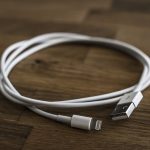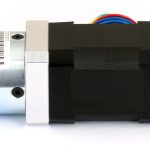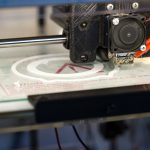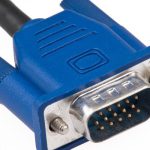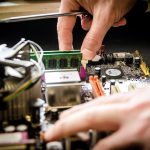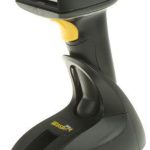
The IoT Devices is an integral part of our daily lives that involves physical devices interconnection, including vehicles, buildings, and other objects. These physical objects are embedded with sensors, software, and network connectivity. The data generated by these devices is massive, and effective management has become a critical challenge for organizations. Therefore, building a data management system for IoT devices is crucial. A well-designed data management system can help organizations optimize their operations, improve efficiency, and create new business models.
A data management system for IoT devices refers to a set of technologies, tools, and processes that enable organizations to store, process, analyze, and use the data generated by IoT devices. It involves collecting data from IoT devices, transforming it into meaningful insights, and using it to make informed decisions. In addition, the article outlines the popular IoT device management platforms and critical steps in building a data management system for IoT devices.
IoT Device: A Brief Introduction with Uses
IoT devices are physical objects or devices embedded with sensors, software, and network connectivity, enabling them to collect and exchange data with other devices, systems, and the internet. These devices range from simple sensors and actuators to complex devices like smartphones, smart thermostats, smartwatches, and industrial machinery.
IoT device is design to work together to:
- Create innovative environments, automate tasks, and improve efficiency in various industries, such as healthcare, manufacturing, transportation, and energy management.
- They used in consumer applications, including home automation, wearable technology, and personal health monitoring.
IoT Devices Management Platforms: A Brief Overview
They are software solutions enabling multiple organizations to monitor and manage their IoT devices securely. These platforms provide a centralized console for managing IoT devices, including provisioning, configuration, monitoring, updating, and troubleshooting. However, the best IoT management platforms and software are available, ensuring robust functionality in bespoke applications.
Popular IoT Devices Management Platforms:
There is a vast array of popular IoT device management platforms, some of which include:
- AWS IoT Device Management: This platform is part of Amazon Web Services (AWS), providing a comprehensive set of features for managing IoT devices.
- Microsoft Azure IoT Hub: This platform is part of Microsoft Azure, providing a secure and scalable solution for managing IoT device.
- Google Cloud IoT Core: This platform is Google Cloud’s part and helps provide a fully managed solution for IoT device management.
- IBM Watson IoT Platform: This part of the IBM Cloud platform offers a scalable and secure solution for managing IoT devices and collecting data.
- ThingsBoard: This open-source IoT platform is design to provide device management, data collection, and analytics capabilities.
Key Steps Involved in Building a Data Management System for IoT Devices:
There various steps involved in building a data management system for IoT devices, such as:
Data Collection
The first step in building a data management system for IoT devices is to collect data from various sources. IoT devices generate data in real time, and capturing such data efficiently to make it useful is crucial. Moreover, data is collected through multiple methods, including APIs, message queues, or direct data streaming.
Data Storage
Storing the collected data in a suitable data storage system is the next step. The data storage system should be scalable, secure, and capable of handling large data volumes. In this context, one popular approach is to use a NoSQL database, like Apache Cassandra, designed for scalability and high availability.
Data Processing
Once the data is stored, it required further processing to extract meaningful insights. Therefore, data processing involves transforming raw data into useful information by applying various algorithms and analytics techniques. Apache Spark is a popular tool for processing large data volumes in real time.
Data Analysis
After data processing, the next step is to analyse the data, which involves using statistical techniques, machine learning algorithms, and data visualization tools to derive actionable insights. These insights optimize operations, improve efficiency, and identify new business opportunities.
Data Integration
Data integration involves the combining of data from different sources to create a unified view. The unified view of the data can help organizations to gain a deeper operational understanding and make better-informed decisions. They can achieved by using data integration tools capable of handling various data formats and sources.
Data Governance
Data governance involves managing the data lifecycle, including data quality, security, and compliance. Organizations must ensure that collected data is accurate, reliable, and compliant with regulatory requirements. This can be accomplished by implementing data governance policies and procedures defining how data is collected, stored, processed, and analysed.
Data Visualization
Data visualization is the data representation in a visual format for easy understanding and interpretation. Visualization tools like Tableau and PowerBI are the options to create interactive dashboards and reports enabling stakeholders to gain insights into the data quickly.
Data Security
Data security is a critical step for any data management system, especially for IoT devices that collect sensitive information. Organizations must implement robust security measures to protect the data from unauthorized access, theft, or loss by using encryption, access controls, and other security measures.
The Final Thoughts:
Building a data management system for IoT devices is a complex process requiring careful planning and execution. It involves collecting data from various sources where the data management system must adhere to data governance policies and procedures, ensuring that the data is accurate, reliable, and compliant with regulatory requirements.







